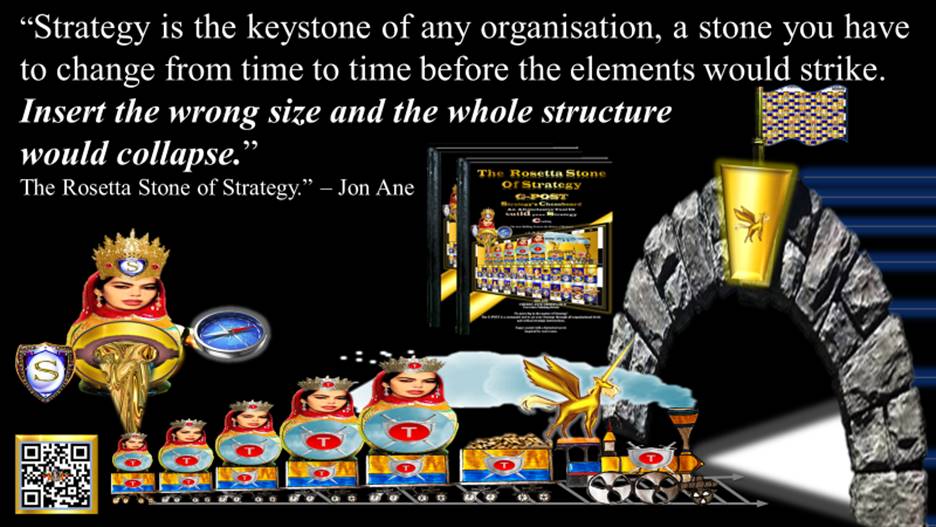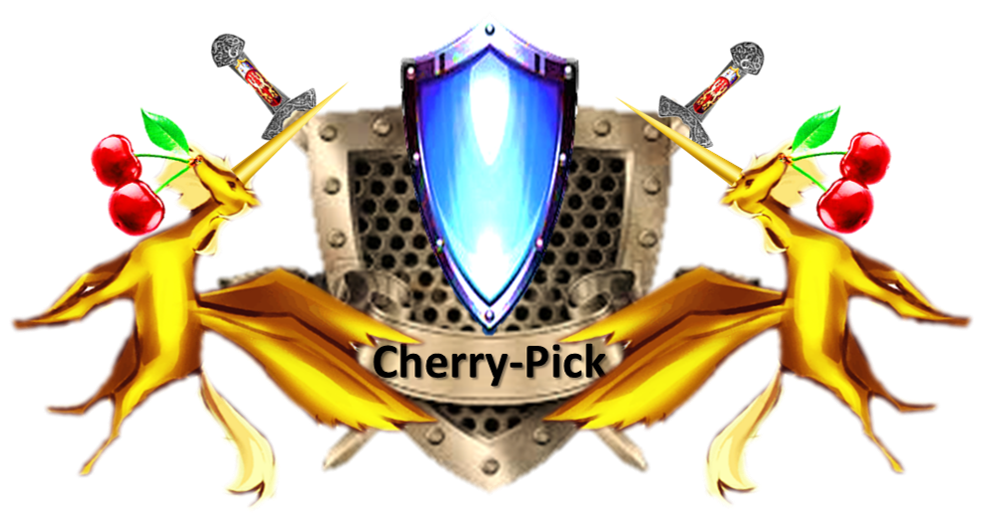Dictionary
What is the best definition for Customer’s Product Involvement?
By Jon Ane
When dealing with customer involvement, we can divide products into two groups, each with a different buying model. There are two categories:
High Customer Involvement :
The customer sees the importance of choosing the right product since a failure to buy the right one would result in emotional inconsistency or, if you like, “emotional overwork.” That might be coupled with bitter-lasting feelings, money loss, and significant damage to one’s self-assets—such as self-image, prestige, reputation, socioeconomic status, ambitions, etcetera.
Prices in this category might be comparatively high. An individual who experiences inconsistency or dissonance, where satisfaction turns to acrimony, tends to become psychologically unbalanced and will be motivated to whittle down this dissonance by all means, from avoiding repurchasing the product to customer terrorism in a mission to trash the company’s reputation and create defamation. Due to the nature of this category, more rational thinking is involved. Buying such a product might involve a longer buying process, including collecting information, getting recommendations, comparing alternatives, considering, and so on. The customer attachment to a high-involvement product is strong; a mistake here might shake the self-foundation of the customer. (Jon Ane, The Rosetta Stone of Strategy.)
Low Customer Involvement:
Here the customer might see no difference between the products in the market and will usually opt for the one with a better offer. The buying process is shorter and might involve an impulsive buying decision, as buying the product will not shake the self-foundation of the customer, using your terminology, Sir. The customer might try the product, and if it works for him, he might continue buying; if not, he will move on to another product. There is no attachment of the sort we have with the high-involvement product. According to the G-POST tool, it should be emphasised that the marketer can influence the level of involvement in both categories and motivate the customers to buy either through logic or emotions. Do make sure all tactics and means in use would create synergy with your G-POST. Or else you might jeopardise it all. For more information, visit Jon Ane, The Rosetta Stone of Strategy.
www.jon-ane.com/strategy-board-directors-involvement/187777/

